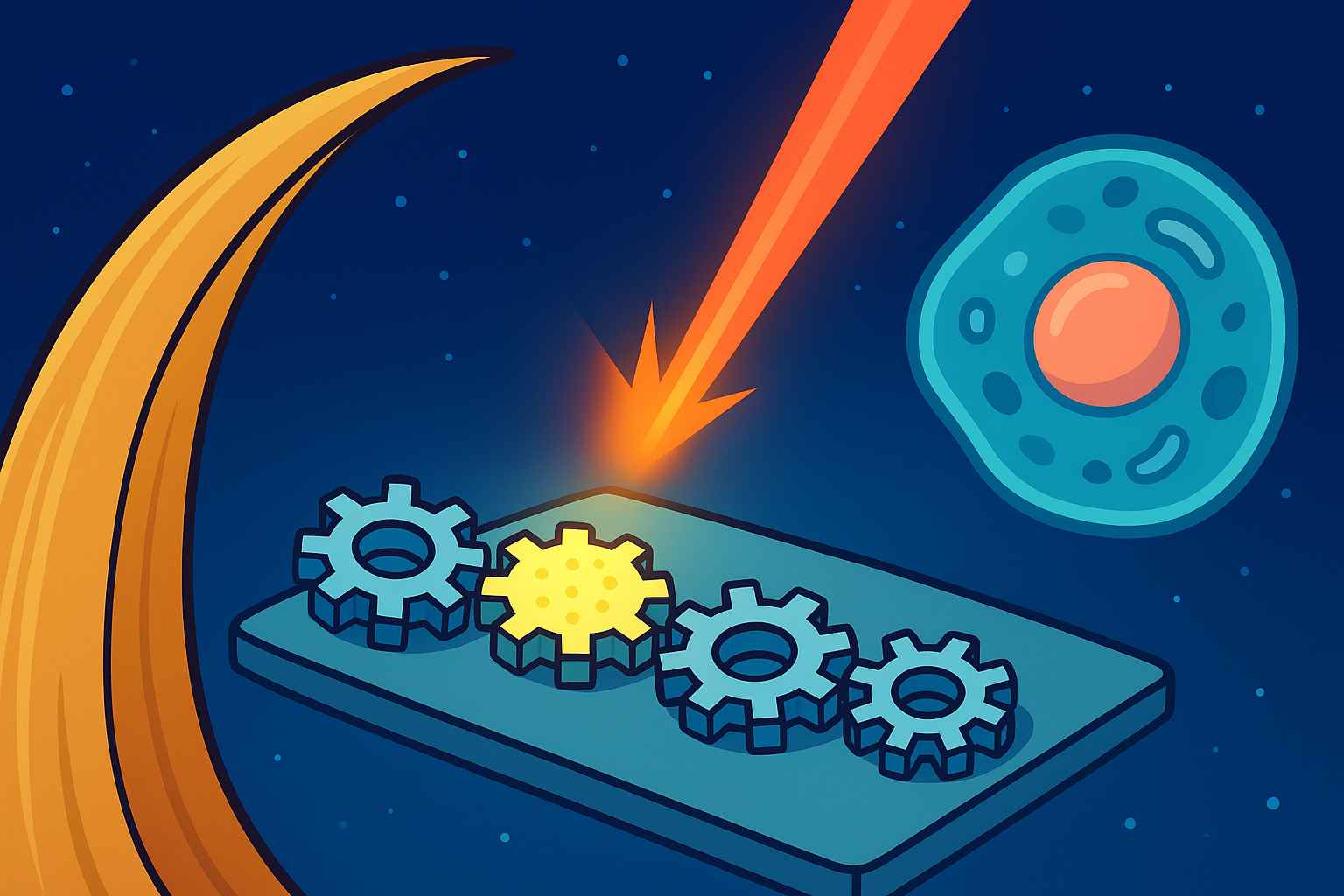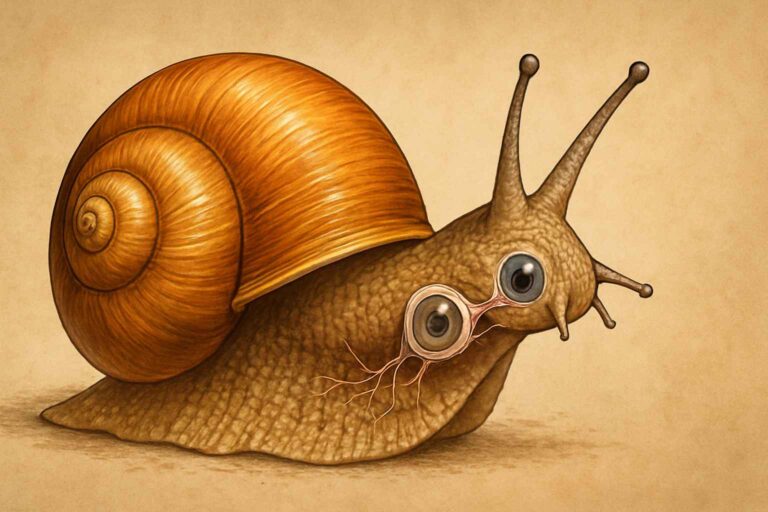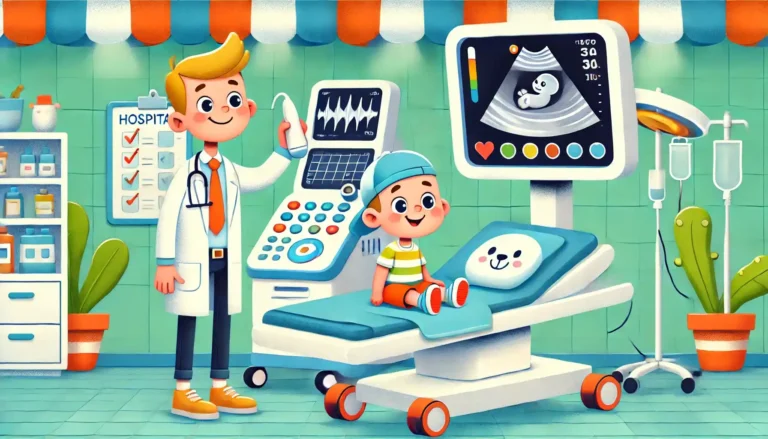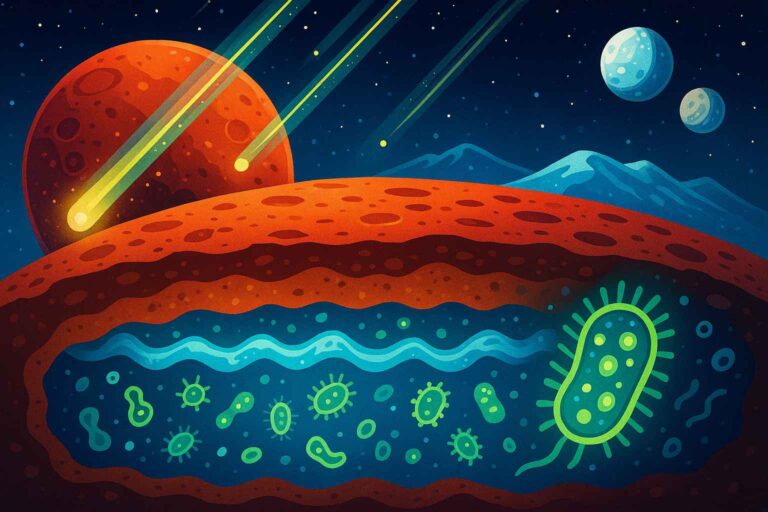
Imagine a machine so small that it could fit inside one of your hairs—or even be as tiny as a single cell in your body! Sounds like science fiction, right? Well, scientists in Sweden have just taken a huge step toward making this real. They’ve built micromotors powered not by electricity or batteries, but by light!
These miniature gears might one day help doctors fix problems inside your body or create smart machines too tiny for the human eye to see. Let’s explore this mind-blowing discovery!
Gears: The Hidden Heroes
Before we dive into the super-tiny stuff, let’s think about gears we see every day.
- In a clock, gears help the hands tick-tock at the right speed.
- In a car, gears control how fast the wheels spin.
- Even wind turbines use giant gears to turn the energy of wind into electricity.
A gear is basically a wheel with teeth that fit into another gear’s teeth. When one gear spins, it makes the other move. It’s teamwork in action!
But what if you wanted gears so small that you’d need a microscope just to see them? That’s exactly what these scientists dreamed of building.
The Tiny Problem
For over 30 years, researchers tried to shrink gears smaller and smaller. But they kept hitting a wall: once they got down to about 0.1 millimeters (that’s already thinner than a sheet of paper), the gears just wouldn’t work anymore.
Why? Because traditional gears need mechanical drive trains—like axles and couplings—to transfer motion. And when things get too tiny, those bulky parts simply can’t fit or function.
It was like trying to fit a giant bicycle chain onto a toy car—it just wouldn’t work!
Light to the Rescue ✨
The breakthrough came when researchers at the University of Gothenburg decided to ditch mechanical parts and use something totally different: laser light.
They created gears made of special materials called optical metamaterials. These are tiny, patterned structures that can trap and control light. By shining a laser onto the metamaterial gear, they could make it spin.
- A stronger laser beam = faster spinning gear.
- Changing the direction of the light = the gear turns the other way.
It’s like having a remote control for gears, powered only by light!
Smaller Than a Human Hair
How small are we talking? These micro-gears measure just 16–20 micrometers across. That’s about the size of some human cells—and way smaller than a strand of hair (which is about 70 micrometers thick).
Imagine a machine made of gears buzzing around at the same size scale as your blood cells. That’s the world scientists are now entering.
What Can These Micromotors Do?
Right now, the gears can:
- Spin in both directions.
- Convert rotation into back-and-forth motion.
- Control microscopic mirrors that bend light.
But in the future, these tiny machines could:
- Travel inside the human body to deliver medicine directly to sick cells.
- Act as “lab-on-a-chip” tools to test tiny samples of blood or saliva.
- Move particles around in scientific experiments too delicate for human hands.
It’s like building a whole fleet of micro-robots that can go where no normal machine could ever fit.
Fun Science Facts 🔬
- A human hair is about 70 micrometers wide, so these gears are 4 times smaller than a hair!
- Some bacteria are about 1 micrometer long—so one of these gears is only 16–20 bacteria side by side.
- Light has energy. The micromotors show that we can turn that energy into mechanical motion without needing wires or batteries.
- Your body has about 37 trillion cells—imagine future micromachines helping them stay healthy one by one!
A New Way of Thinking
One of the lead scientists, Gan Wang, said that using light instead of bulky mechanical parts is a “fundamentally new way of thinking.” Instead of pushing gears with physical parts, they’ve found a way to use beams of light to do the work.
This discovery has broken the size barrier and opened the door to new technology that could transform science and medicine.
Takeaway Thought 💭
Next time you flick on a flashlight, think about this: that simple beam of light might one day power machines so small they could swim through your bloodstream, fix a broken cell, or help doctors cure diseases.
The tiniest machines in history may soon become our greatest helpers—and all thanks to the power of light! 🌟






